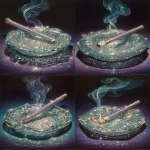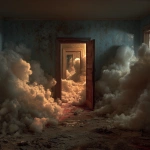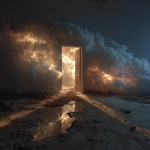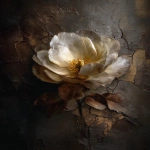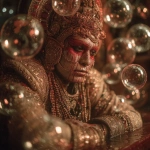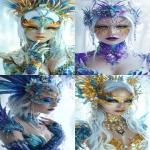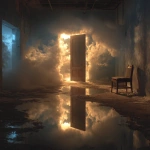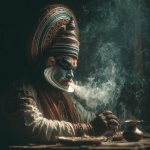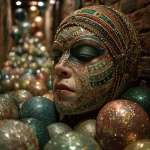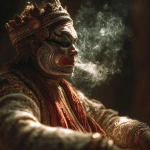Explore the Best AI Image Gallery
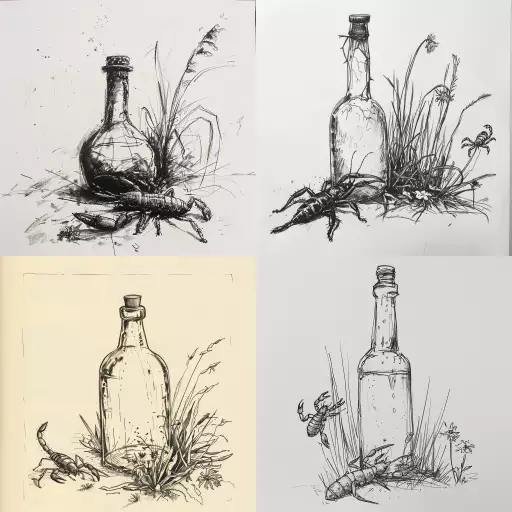
Pixels on Skin: Exploring the Fusion of AI-Generated Images and Art
The art world is abuzz with a new wave of creativity fueled by artificial intelligence. AI-generated images, once confined to the realm of science fiction, are now readily accessible, blurring the lines between human and machine artistry. This groundbreaking technology has opened up a Pandoras box of possibilities, prompting artists, designers, and thinkers to grapple with its implications for the creative industry.
The Creative Potential Unleashed
AI image generators empower creators with unprecedented tools. They can conjure fantastical landscapes, design intricate patterns, and generate realistic portraits with a few simple prompts. This democratization of art production allows individuals without formal training to experiment and express themselves visually. Artists are leveraging AI as a collaborative partner, using it to explore new styles, overcome creative blocks, and push the boundaries of imagination.
Consider the work of Refik Anadol, an artist who uses machine learning algorithms to transform data into mesmerizing visuals projected onto architectural structures. His installations blend technology and art in a captivating way, blurring the line between the physical and digital realms. Or take DALL-E 2, an AI system capable of generating highly realistic images from textual descriptions. It can create anything from a photorealistic portrait of a cat wearing a top hat to a surreal landscape with floating islands.
Navigating the Ethical Landscape
The rise of AI-generated art has ignited a debate about authorship, originality, and the very definition of art. Who owns the copyright to an image created by an algorithm? Is it the programmer who developed the AI, the user who provides the prompt, or the AI itself? These are complex questions with no easy answers.
There are also concerns about the potential for misuse. AI-generated images could be used to create convincing deepfakes, spreading misinformation and eroding trust in visual media. The technology could also be exploited to generate harmful content, such as hate speech or pornography. It is crucial to establish ethical guidelines and regulations to ensure responsible development and deployment of AI in the arts.
The Future of Art: A Collaborative Canvas
Despite the challenges, the fusion of AI and art holds immense promise. As technology advances, we can expect even more sophisticated AI tools that empower artists with new levels of creative control. Imagine a future where AI assists in every stage of the artistic process, from concept development to final execution.
The future of art may not be about replacing human creativity but rather about enhancing it. AI can serve as a powerful tool for exploration, experimentation, and collaboration. Artists and AI can work together to create truly groundbreaking works that push the boundaries of imagination and redefine what it means to be creative.
The canvas is no longer limited to traditional mediums; it extends to the digital realm and even our own bodies through wearable technology. As we navigate this evolving landscape, it is essential to embrace the transformative potential of AI while upholding ethical principles and fostering a future where human creativity flourishes alongside technological advancements.
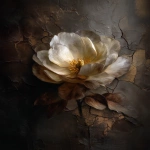
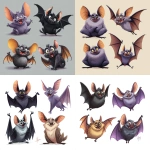
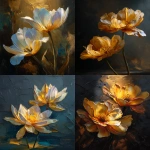
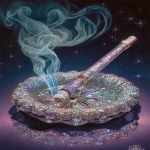

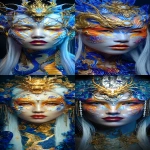

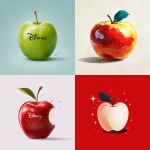
](https://images.ai-img.art/thumbnails/150/3020b8c2b6d9be07e042357107af1de10deb274a41d2b0f332684ad4b532a702.webp)
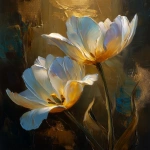

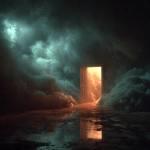


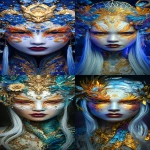
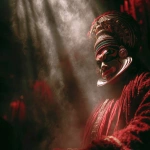
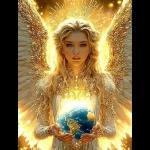
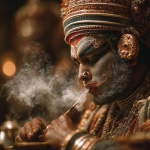
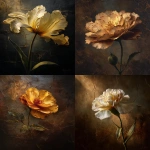
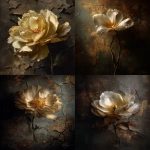
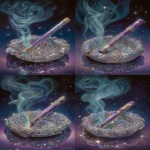
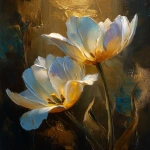
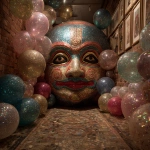
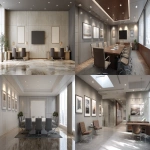
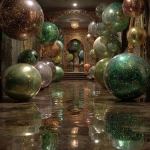
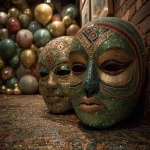
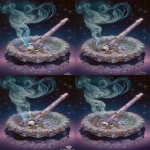
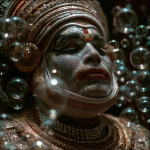
](https://images.ai-img.art/thumbnails/150/5197af8969d850e2a43e141d41e482ccbceedebceb2a4caf9f098f943f9d1b0f.webp)
](https://images.ai-img.art/thumbnails/150/2fbd98ecfc425cfc1597779121e1c0305437067779e9c471eb64ff9615d5be98.webp)
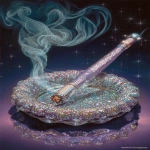
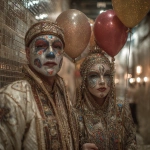
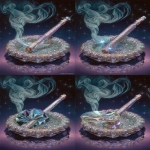
](https://images.ai-img.art/thumbnails/150/485c8b1c747827bdc9a962f8a1919b3c259b18dd263b260208a1eae19fb85e07.webp)
](https://images.ai-img.art/thumbnails/150/8d1fe5a7a49cfc96747182431a853357913286d89258383caab2d3b4681afcb5.webp)


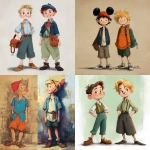
](https://images.ai-img.art/thumbnails/150/269414b0e541026702e9e67c67602c96162f37ff460a388b3b36314c8fc936dd.webp)
